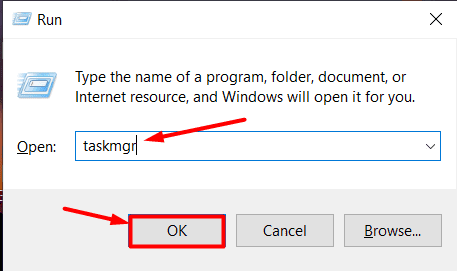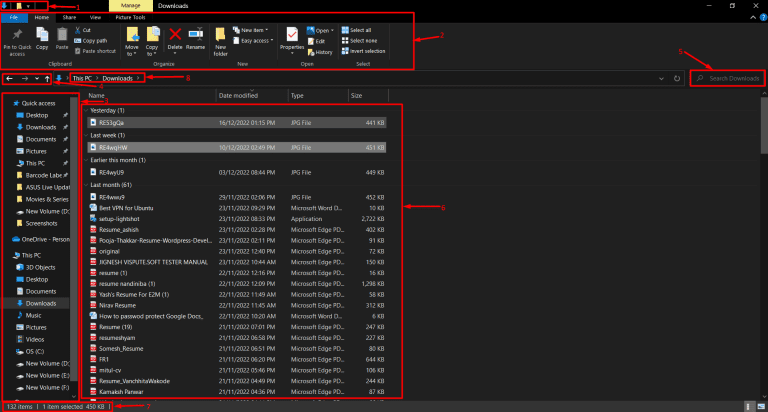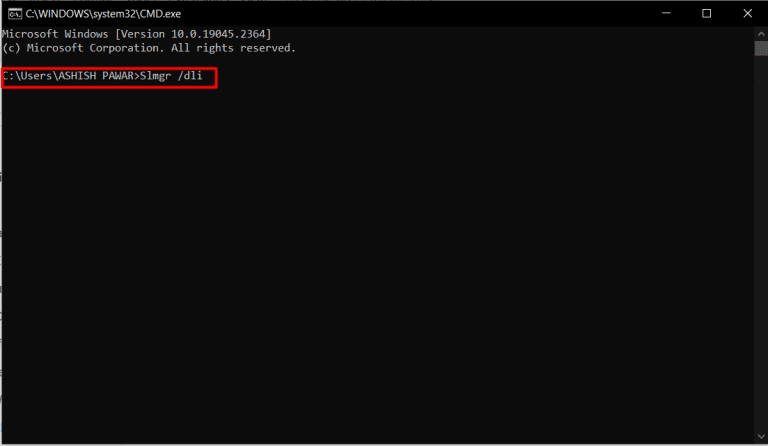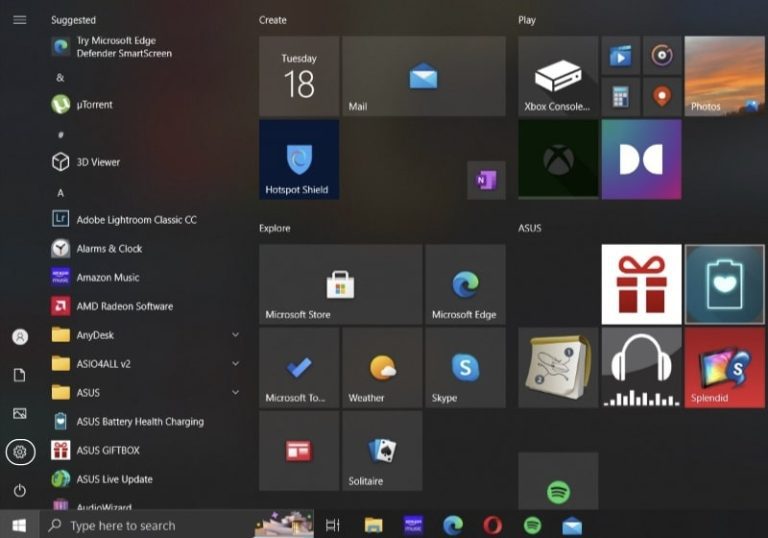How to find out which Windows do I have in my Computer?
Do you want to install a Windows application on your PC, but are skeptical about its suitability factor? Well, worry no more because you can easily dig out what version of Windows you are using by following this tutorial on “how to find out which Windows do I have.”
So, without any further ado, let’s get started.
How to find out which Windows do I have?
Windows – the PC operating system has managed to gain immense popularity in recent years, and the reason behind this popularity is its stable and regular updates. From Windows 1.0 to Windows 11, this Microsoft product has come a long way.
However, many users don’t care about what version they are running on because they just want a machine that can get their work done in minutes.
But, we say that this piece of information can be very helpful as it can determine the functionality of an app or in-built program.
It can also help a user to get an idea, if their Windows system can get future updates, like the latest Windows 11 which demands certain specifications, and Windows 10 version for the upgrade.
To find out which Windows version your PC is running on, you can follow these few methods mentioned below.
- Use Command prompt.
- Use This PC.
- Use the Control Panel.
- Use the Windows search bar.
- Use the Start button.
- Use the Settings menu.
- Use the keyboard shortcut.
Use Command prompt:
The first method we like to suggest is using the command prompt feature of your PC.
All you need to do is;
- Either press “Windows + R” or type “Run” inside the Windows search bar to open up the “Run” window.
- Next, just type “winver” (short form for Windows Version) inside the Open box, and then click on the “OK” button.

You will get a window pop-up that looks like this. It will display the current Windows version of your PC along with its edition.


Use This PC:
The second way to know what version of Windows you are using is by making use of the “This PC” option.
Now, there are two ways you can use this option to your benefit.
#1. Right-click on This PC.
- Go to your desktop screen.
- Then, navigate to the “This PC” icon.


- Lastly, right-click on the “This PC” option, and select “Properties.”
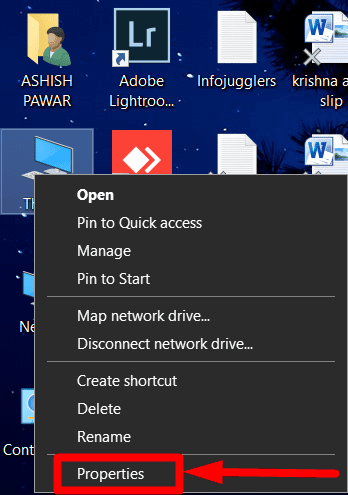

- You will now get a screen that looks like this.


#2. Open the “This PC” menu.
- Navigate to the “This PC” icon and then double-click on it to open.


- Now, click on the “Computer” tab visible inside the ribbon menu.


- Lastly, click on the “System Properties” option.


You will now get a screen that is similar to the previous one.
Use the Control Panel:
Control Panel as the name suggests gives the user control over their Windows machine. For instance, you can easily configure your hardware, network, programs, and security settings right from the control panel.
Likewise, Windows also gives you the freedom to view what kind of Windows version you are using, and for that, all you need to do is follow the instructions that are mentioned below.
- Double-click on the “Control Panel” icon that is visible on the desktop.


- Now, click on “System and Security.”
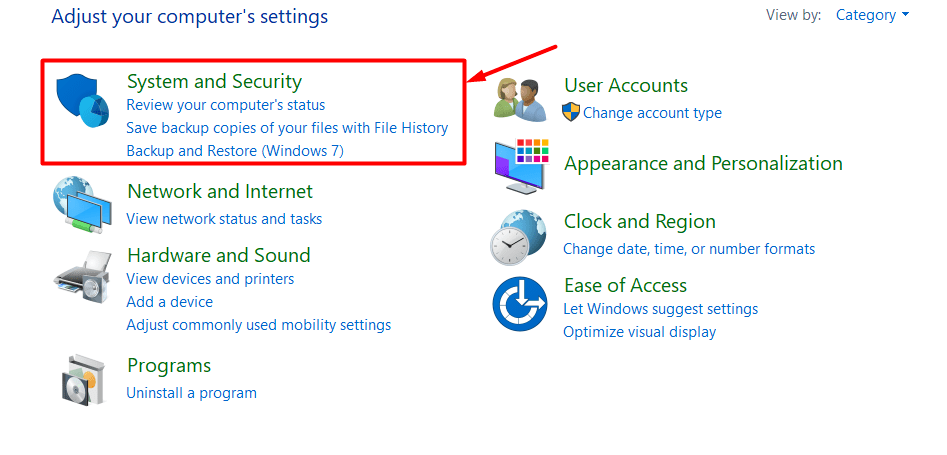

- Lastly, under the System section either click on the “View amount of RAM and processor speed” or “See the name of this computer” option.
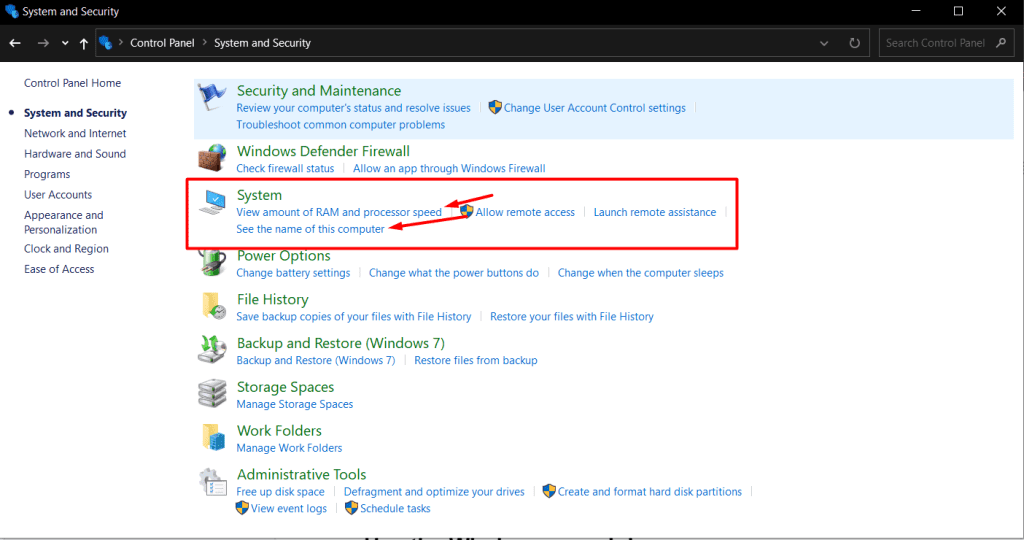

Use the Windows search bar:
You can also use the Windows search bar to access information about what kind of Windows operating system you are currently running on your PC.
Follow these steps to get hold of the information;
- Click on the “Windows search” bar to activate it.


- Now, type “System” inside the search space.
- Lastly, either click on “System” or “System Information“


That’s it. You will be prompted with a window that contains the information for your current windows machine.
Use the Start button.
Another way to access the Windows version information on your PC is by using the “Start button.”
- Right-click on the “Start” menu button.
- Then, select the “System” option.


- It will redirect you to the “About” page that has all the technical information that you need.
Use the Settings menu:
You can also view the current Windows version that is installed on your PC by accessing the “Settings” menu.
To access the system information via the Settings menu, you just need to;
- Click on the “Start” menu button.
- Now, click on the “Settings” icon (one with ⚙️ icon).


- Next, scroll down to the options visible on the left pane.
- Lastly, click on the “About” option.


You will now be presented with the technical details of your Windows machine.
Note: You can directly access the “Settings” menu by using the keyboard shortcut, “Windows key + I.”
Use the keyboard shortcut:
Last but not least you can also use a dedicated keyboard shortcut to access the “About” page of Windows System.
All you need to do is follow the keyboard combination that is mentioned below:
“Windows + Pause/Break” key.
What are the different editions of Windows?
Now, that we have seen how to access the basic information of your Windows machine like the current Windows version on your system, let’s move forward and take a look at how many different Windows editions Microsoft provides to its users.
Windows Home Edition:
Windows Home Edition is just a basic version of the operating system which can be used for day-to-day normal tasks like writing, surfing, and stuffs.
Windows Pro Edition:
The Windows Pro Edition is an amp-up version to the basic home version. It has features like data protection via encryption, remote desktop capabilities, and domain connectivity for school and company networks.
Windows Enterprise Edition:
As the name suggest the Windows Enterprise Edition is meant for organizational work. It has three different versions of itself.
The first one is E3 which is just a basic enterprise-level Windows version.
The second one is E5, which comprises of Windows Defender Advanced Threat Protection (ATP) system.
And the last one, the Enterprise 2015 LTSB version which stands for Long Term Servicing Branch is just a lightweight Windows Enterprise version that provides no system updates, Cortona, Microsoft Store, Microsoft Edge, or Media Player support.
Windows Education Edition:
The Windows Education edition is solely created for students. This version of Windows provides features and tools that are needed for educational purposes.
Windows IoT core edition:
IoT core edition of the Windows operating system is an embedded version of the OS that is developed for low-cost IoT and similar devices.
Windows Mobile and mobile enterprise edition:
Both these versions of Windows are crafted especially for smartphones and tablets. Although, the enterprise edition contains extra features for IT management.
Windows S mode:
Windows S mode is specially designed for all internet-based processing. It is very similar to Google’s Chromebook and the apps can be installed from the Microsoft Store.
What is the difference between the 64-bit vs 32-bit versions of Windows?
The differences between 32-bit and 64-bit versions of the Windows operating system are as follows;
| Parameters | 32-bit version | 64-bit version |
|---|---|---|
| System Compatibility | A 32-bit processor system can only run the 32-bit OS system efficiently. | A 64-bit processor can easily run the 64-bit as well as the 32-bit operating system efficiently. |
| Performance | A 32-bit processor is less efficient than the 64-bit one. | It is a more powerful processor than 32-bit one. |
| Data and Storage | A 32-bit system can only handle less data than the 64-bit one. It supports up to 4GB of RAM storage. | A 64-bit system can handle more data than a 32-bit OS. It can whoppingly support 18 GB of RAM. |
| OS Support | Supports only 32-bit operating systems. | It can support both 32-bit as well as 64-bit operating systems. |
| Multi-Tasking Support | Cannot handle multi-tasking as well as heavy processing efficiently. | Can easily handle multi-tasking as well as heavy processing efficiently. |
| Application Support | It doesn’t support 64-bit programs and applications. | It easily supports 32-bit programs and applications. |
| System Availability | Windows 7, Windows XP, Windows Vista, Windows 8, and Linux. | Windows XP Professional, Windows 7, Windows 8, Windows 10, Windows Vista, Linux, and Mac OS X. |
| OS and CPU requirements | It requires a 32-bit CPU to run 32-bit programs and applications. | It requires a 64-bit CPU to run 64-bit programs and applications. |
| Addressable Space | Limited to only 4GB. | Supports 16 GB of space. |
Conclusion:
With Windows operating system almost every computing task seems like butter, as it supports every major app on the marketplace.
But, that doesn’t mean you should not keep yourself updated on what Windows version you are using, because who knows you might need that piece of information while having a repair job.
So, just use the methods mentioned above and, acknowledge the version of your Windows system.

